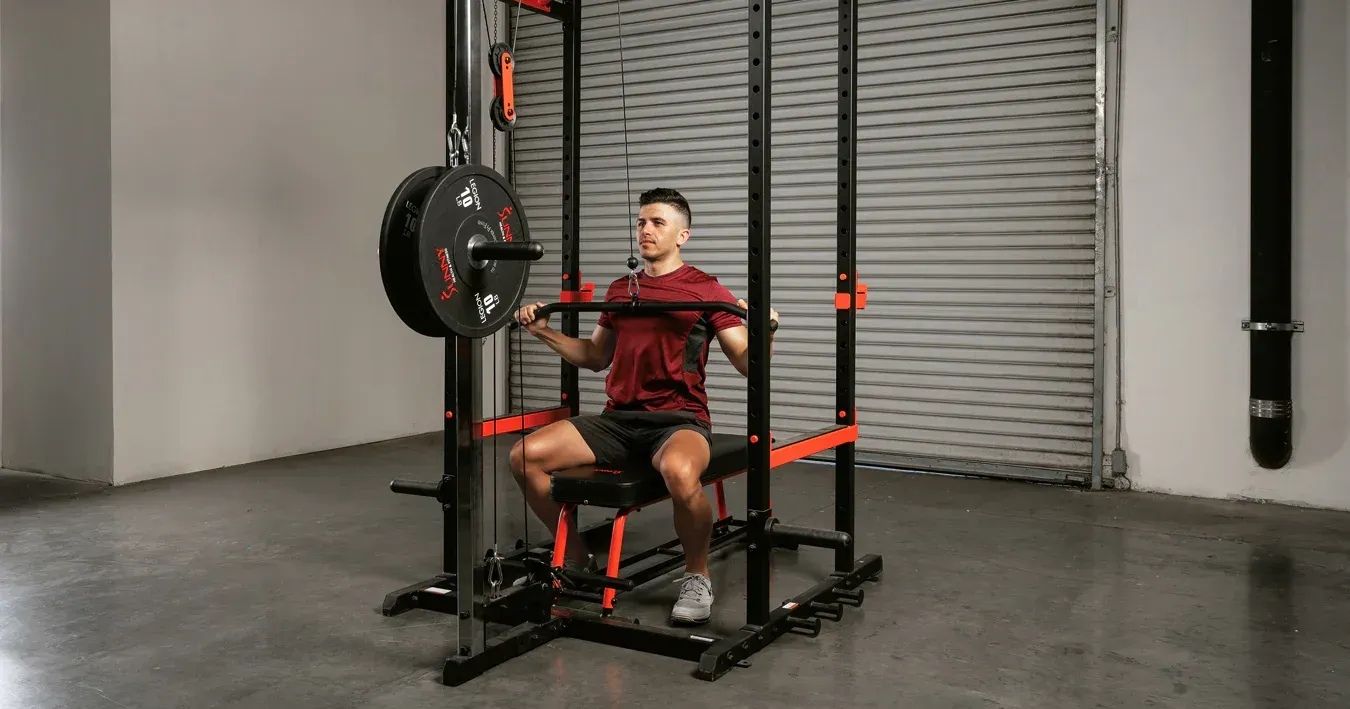The Cost of a Squat Rack: Is It Worth It?
When it comes to equipping a gym, the choice of material for dumbbells and plates is a key factor in costs and durability. The material choice for these accessories directly impacts the user experience, durability, maintenance, and aesthetics of the training space.
This article provides a detailed comparison between rubber and polyurethane (PU) dumbbells and plates, with a special focus on PU subtypes - CPU (Cast Polyurethane) and TPU (Thermoplastic Polyurethane) - offering crucial information for making informed decisions by gym owners.
Material Comparison: Rubber vs. PU
rubber
Rubber dumbbells and plates, traditionally known for their cost-effectiveness, are made from natural or synthetic rubber. They offer good impact absorption and noise reduction, qualities appreciated in training environments. However, they are subject to physical wear such as scratches and cuts, and may emit characteristic odors, especially if made from recycled rubber.
POLYURETHANE (PU)
PU dumbbells and plates emerge as the premium choice, especially valued for their exceptional durability and superior aesthetics. PU is non-marking, abrasion-resistant, and maintains its pristine appearance for longer, in addition to being almost odorless. They meet the demands of commercial gyms and high-performance training spaces, ensuring a lasting investment.
TYPES OF POLYURETHANE: CPU VS. TPU
The distinction between CPU and TPU lies in the chemical composition and manufacturing process, directly influencing the final properties of the product.
Composition and Manufacturing Process
CPU (CAST POLYURETHANE)
- Composition: CPU is formed through a chemical reaction that creates a dense and homogeneous polymer matrix.
- Manufacturing: Through a casting process, the liquid polymer is poured into molds forming the weights of the dumbbells, adhering firmly to the metal core. This method allows precise control over the density and shape of the final product.étodo permite um controle preciso sobre a densidade e a forma do produto final.
TPU (THERMOPLASTIC POLYURETHANE)
- Composition: TPU is a type of polyurethane that combines properties of plastics and rubbers, offering moderate flexibility.
- Manufacturing: High-temperature injection is used to mold the material around the metal core. This process is faster and can be less costly but may result in slight variations in consistency and weight.
Property Evaluation
AESTHETICS AND CUSTOMIZATION
Both types of PU allow a wide range of customization options, from logo inclusion to vibrant color choices. CPU, however, tends to offer sharper edges and a smoother finish, elevating the product's aesthetics.
DURABILITY
- CPU: Its density and production method provide superior resistance to impacts and wear and tear
- TPU: Although tough, it may be more vulnerable to long-term damage due to its inherent flexibility
Consistency and ACCURACY
- CPU: It guarantees almost perfect uniformity in weight and shape, ideal for training that requires precision form
- TPU: Slight variations may occur, potentially affecting the workout experience.
GRIP AND COMFORT
- CPU: It offers an ideal textured surface for a safe and comfortable grip.
- TPU:Its smoother surface may not provide the same grip, especially in exercises that require a firm control.
COST AND VALUE
- CPU: It represents a higher initial investment, but its durability and less need for replacement make it more economical .
- TPU: It may be more accessible initially, but considerations about durability and replacement should be evaluated.





